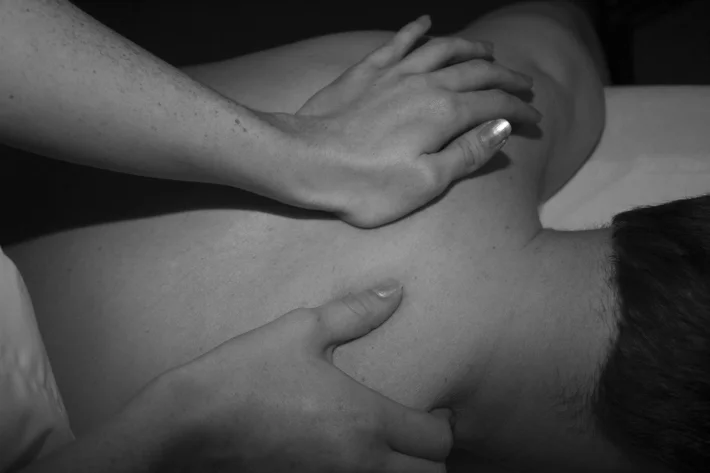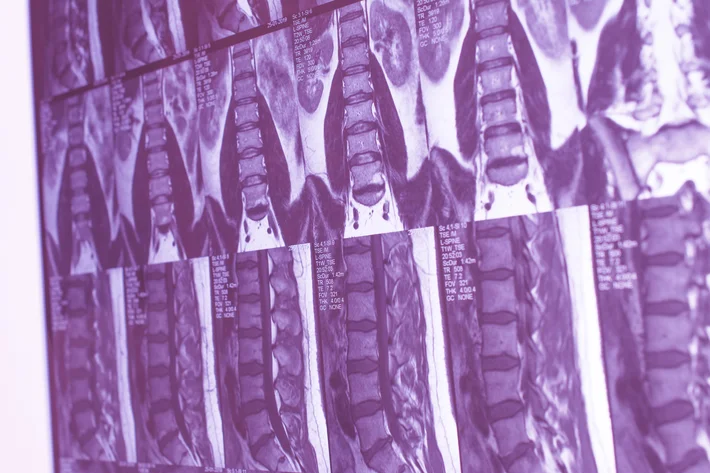
Meet with the best spinal procedures physical therapists in Seattle, Washington State
Seattle, Washington State, Luna employs physical therapists who specialize in helping patients recover from spinal procedures. By offering the knowledge and experience required when dealing with such a complex surgery and recovery process, Luna PTs can have you back on your feet and back to the activities you love in no time.
Best of all, with Luna, patients can receive physical therapy for spinal procedures recovery wherever it’s most convenient, in the comfort of their homes. Our physical therapists come to you; it’s physical therapy, delivered.

What are spinal procedures?
Generally speaking, there are two types of spine surgery: traditional and minimally invasive. A surgeon will not recommend either type unless pain in the lower back, neck, or limbs is persistent and has not resolved with traditional pain management techniques. At this point, it may be safe to assume that the spine is the source of the problem.
Once it has been determined that spine surgery is necessary, the patient and surgeon must choose between traditional spine surgery and minimally invasive spine surgery. Traditional spine surgery requires complete exposure of the spine, which creates longer recovery times for the patient. Minimally invasive spine surgery, while not possible for every condition, calls only for selective incisions and allows for a shorter recovery time.
Source: Penn Medicine

Physical therapy for spinal procedures in Seattle, Washington State
Physical therapy is vital to restoring function and reducing pain after spine surgery. A physical therapist can help to ensure that the spine surgery is successful and long-lasting, training the patient’s body to work and move with the new spine and keep it safe from new injuries.
A physical therapy regimen after your spine procedure will incorporate pain control techniques, muscle retraining, and strength training. A physical therapist can create a routine that’s tailored to the patient’s needs and condition, carefully modifying the routine as the patient gains more strength and mobility over the weeks and months following the surgery.
Source: Spine-Health




















